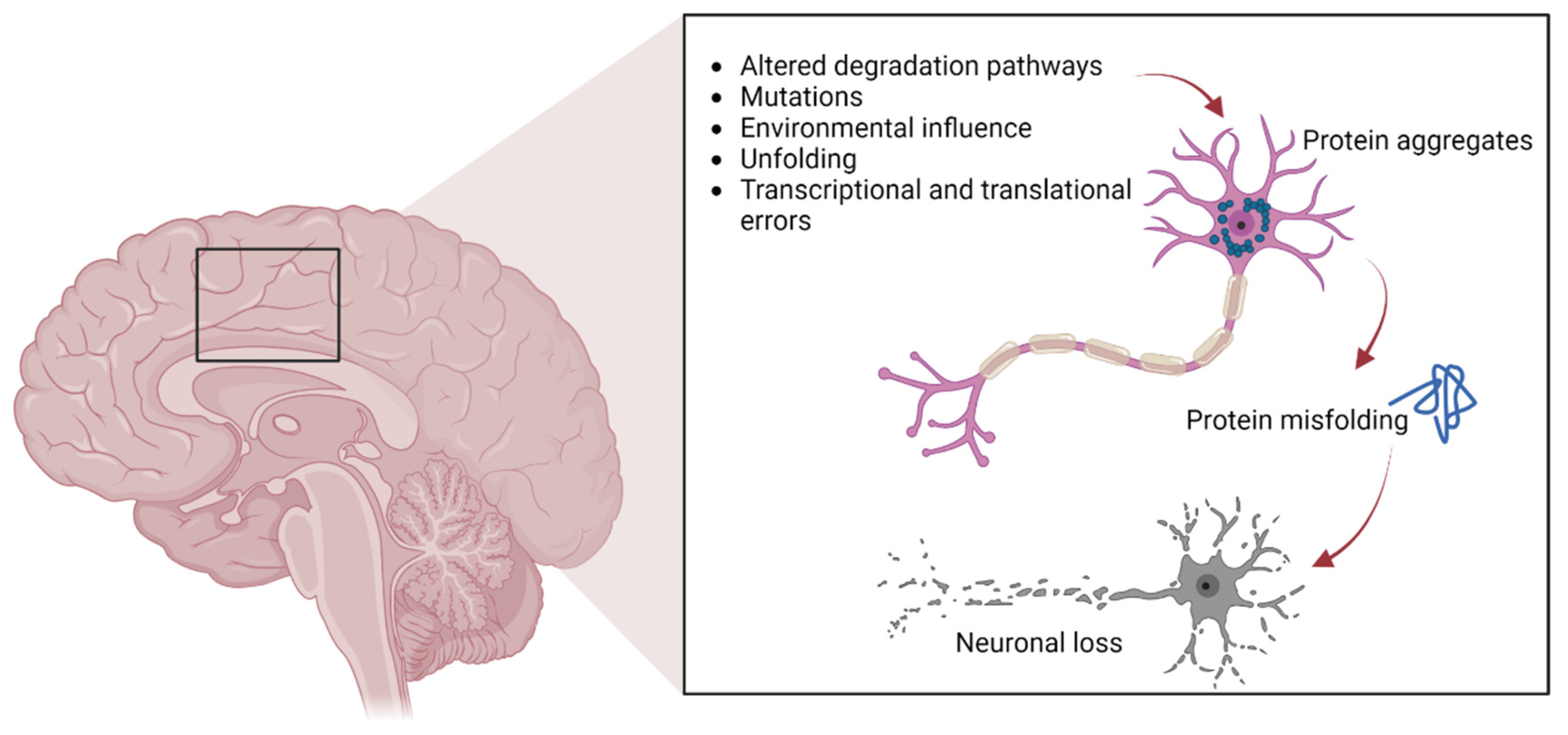
ATPL disease of the brain, often shrouded in mystery, is a neurological disorder that affects the central nervous system. This condition poses significant challenges to both patients and healthcare providers, as it encapsulates a range of symptoms and impacts cognitive functions. Understanding ATPL disease is crucial for early diagnosis and effective management, as it can lead to debilitating consequences if left untreated.
As research continues to unfold, the complexities surrounding ATPL disease of the brain are beginning to emerge. This article aims to unravel the intricacies of this condition, shedding light on what it is, how it manifests, and the latest developments in treatment options. By exploring various aspects of ATPL disease, we can enhance awareness and foster a more informed conversation about this critical health issue.
Through a comprehensive investigation, we will delve into the symptoms, potential causes, and therapeutic avenues available for individuals diagnosed with ATPL disease of the brain. By empowering individuals with knowledge, we aim to inspire hope and promote proactive approaches in tackling this challenging condition.
What is ATPL Disease of the Brain?
ATPL disease of the brain refers to a neurological disorder characterized by specific alterations in brain function, leading to a variety of cognitive and physical symptoms. The term "ATPL" stands for Abnormal Tau Protein Level, which signifies the presence of abnormal tau proteins that accumulate in the brain, affecting neuronal function and communication. This disorder is often associated with neurodegenerative diseases, showcasing a complex interplay between genetic, environmental, and lifestyle factors.
What Are the Symptoms of ATPL Disease?
The symptoms of ATPL disease of the brain can vary significantly from one individual to another, but they typically include:
- Cognitive decline, including memory loss and difficulty concentrating
- Changes in mood and behavior, such as increased anxiety or depression
- Motor skill impairment, leading to difficulties with coordination and balance
- Speech and language difficulties, including slurred speech and problems finding words
Recognizing these symptoms early is essential for timely intervention and support.
How is ATPL Disease Diagnosed?
Diagnosing ATPL disease of the brain often involves a combination of neurological examinations, cognitive assessments, and imaging studies such as MRIs or CT scans. Physicians may also conduct blood tests to rule out other potential causes of the symptoms. A comprehensive evaluation by a neurologist is crucial for an accurate diagnosis, ensuring that individuals receive the appropriate treatment tailored to their specific needs.
What Causes ATPL Disease of the Brain?
The precise causes of ATPL disease remain largely unknown; however, researchers have identified several risk factors that may contribute to its development, including:
- Genetic predisposition: A family history of neurodegenerative diseases may increase the likelihood of developing ATPL disease.
- Age: The risk of developing ATPL disease tends to increase with age, particularly in individuals over 60.
- Environmental factors: Exposure to toxins or head injuries may elevate the risk of developing neurological disorders.
What Are the Treatment Options for ATPL Disease?
Currently, there is no cure for ATPL disease of the brain, but various treatment options can help manage symptoms and improve quality of life. These may include:
- Medications: Certain drugs can help alleviate cognitive symptoms and stabilize mood.
- Therapy: Cognitive-behavioral therapy (CBT) and occupational therapy can provide support and strategies for coping with daily challenges.
- Lifestyle modifications: Engaging in regular physical activity, maintaining a balanced diet, and practicing mindfulness can contribute to overall well-being.
Is There Ongoing Research for ATPL Disease?
Ongoing research in the field of neurology continues to uncover new information about ATPL disease of the brain. Scientists are exploring potential biomarkers for early diagnosis and investigating novel therapeutic approaches aimed at targeting abnormal tau protein levels. Collaborative efforts between researchers, healthcare professionals, and advocacy groups are vital in driving forward the exploration of this condition.
Who is Affected by ATPL Disease of the Brain?
ATPL disease of the brain can affect individuals across various demographics, but certain groups may be more susceptible. Older adults, particularly those with a family history of neurodegenerative diseases, may exhibit a higher risk. Additionally, individuals with a history of head trauma or exposure to environmental toxins could find themselves at greater risk. Understanding the population at risk is crucial for implementing preventive measures and promoting awareness.
What Support is Available for Individuals with ATPL Disease?
Support for individuals diagnosed with ATPL disease of the brain is multifaceted, encompassing medical, emotional, and social dimensions. Resources available to patients and their families include:
- Support groups: Connecting with others facing similar challenges can provide emotional relief and shared experiences.
- Counseling services: Professional counseling can help individuals cope with the emotional aspects of the disease.
- Educational resources: Access to information about ATPL disease can empower patients and caregivers to make informed decisions.
Conclusion: The Importance of Awareness and Education
Understanding ATPL disease of the brain is crucial for fostering awareness and promoting early intervention. By educating ourselves and others about the symptoms, causes, and treatment options, we can create a supportive community for those affected by this condition. With continued research and advocacy, we can hope for advancements in our understanding and management of ATPL disease, ultimately improving the lives of individuals living with this challenging disorder.
ncG1vNJzZmivp6x7p7XGoaugqpGlva2x05qnZ5ufonyku82tnKespJqwqX2OmquppF2ZtrSxwKycZpqilravesetpKU%3D